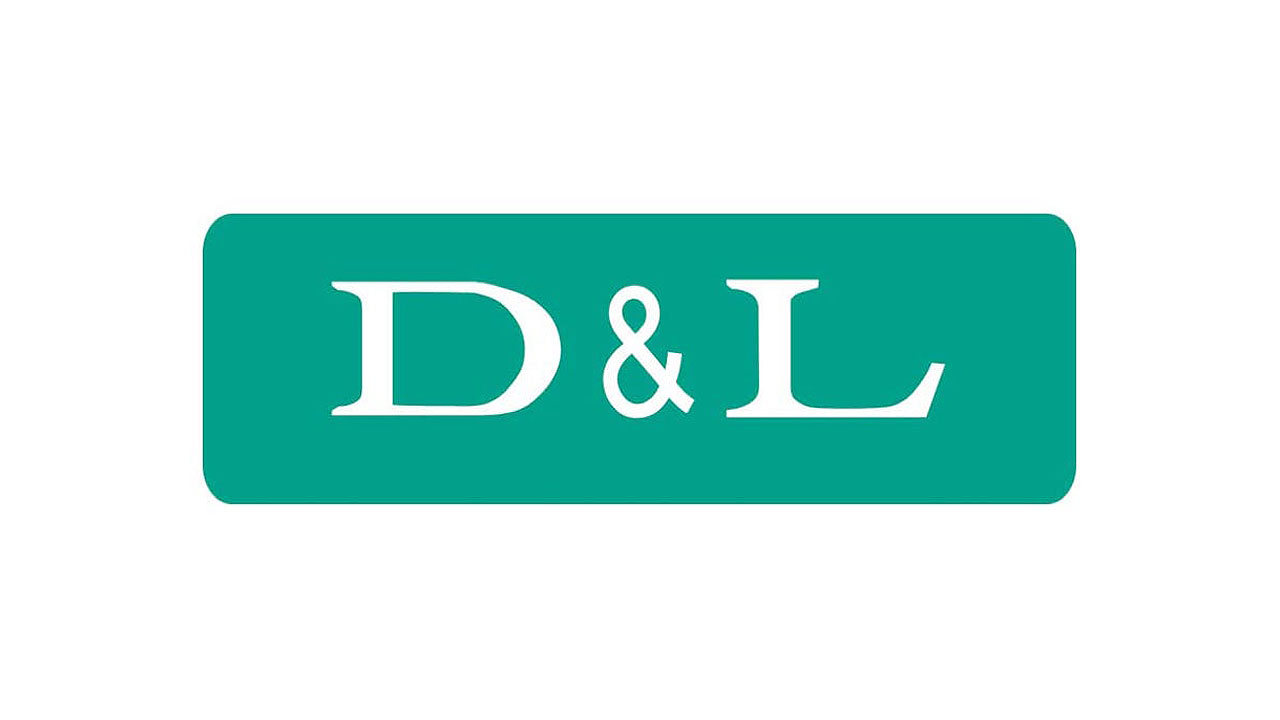D&L earnings rise 12% led by exports, oleochemicals

By Luisa Maria Jacinta C. Jocson
D&L Industries, Inc. reported on Thursday that its first quarter net income rose 12% to P780 million, propelled by the strong performance of its oleochemicals division and higher exports.
“We are doing better compared to all the first quarter periods in the previous years, so that is something we are excited about. Compared to all [previous] quarters, we had good growth in net income and in revenues,” D&L President and Chief Executive Officer Alvin D. Lao said in a virtual briefing.
The company’s first quarter earnings represent the highest income level for the company in three years, despite the Omicron surge in January.
“Considering the surprise turn of events in the early part of the year such as the Omicron surge and Russia-Ukraine conflict, our first quarter results show that momentum is definitely there with the easing of restrictions and opening up of businesses,” Mr. Lao added.
Barring another unforeseen event, Mr. Lao said that by annualizing its first quarter earnings, the company would yield P3.1 billion.
“In the near term, demand will likely be defined by two opposing forces — continued economic reopening on one hand, and generally higher prices of basic commodities on the other. As a capability-driven company that enables other businesses, we continue to see various opportunities to help our customers navigate the ever-changing business environment whether in the form of coming up with new innovative products or sourcing raw materials in an environment full of supply chain disruptions,” he added.
In the first quarter of the year, prices of the company’s key raw materials, such as coconut and palm oil, increased significantly.
Average coconut oil and palm oil prices were up by over 50% year on year due to the ongoing Russia-Ukraine conflict and the proposed Indonesian ban on palm oil.
“D&L is so far able to weather the volatility in raw material prices as it is able to adjust its selling price regularly to reflect higher input costs. As shown in the chart below, D&L’s revenues have been increasing since the pandemic, evidencing the company’s ability to pass on higher raw material prices,” the company said in a statement.
D&L said its high margin specialty products (HMSP) segment and commodity segment, which sells straight oils for food application and biodiesel, saw a recovery from levels recorded in the fourth quarter of 2021.
In the first quarter, commodity sales grew by 56% while HMSP sales grew by 29%.
“This demonstrates that margin compressions due to higher input costs are temporary and that margins should eventually recover once commodity prices start to stabilize,” the company said.
“Both divisions performed well given new customers under food which required straight oils and the continued economic reopening which resulted in higher biodiesel demand,” it added.
The company said that while its focus remains on growing its HMSP segment, the company’s commodity segment continues to have “strategic” importance.
“While average margins in the commodity segment are lower, it is income accretive and helps the company cover some of its fixed costs while requiring very little resources,” it added.
Meanwhile, exports jumped by 45% for the quarter. Export contribution to total revenues stood at 34%, with coconut-based products under food and oleochemicals as the main drivers.
Of its segments, the Chemrez unit recorded earnings growing 57%, driven by the oleochemicals division, which saw its volume grow by 11%.
Under the oleochemicals division, the company sells various coconut oil derivatives that are categorized as either commodity (biodiesel) or high margin coconut oil-based products mostly for exports.
Meanwhile, its plastics segment reported a 20% income increase.
“The margin expansion mainly came from the colorants and additive division due to the election-fueled demand for higher margin plastic colorants used in tarpaulins which are used as campaign materials,” the company said.
“Meanwhile, the drop in volume was mainly due to the disruptions brought about by the Omicron surge in January and the global shortage of semiconductor chips used in automotives which resulted in lower demand for wire harnesses,” it added.
Meanwhile, consumer products original design manufacturer (ODM), previously referred to as aerosols, saw its income decline by 31% due to higher raw material prices.
The food ingredients business also saw its income drop by 19% in the first quarter.
“The drag mainly came from the Omicron surge in January. With Alert Level 3 in place for almost the entire month of January, mobility was once again restricted with only limited capacity allowed in public transportation and food establishments,” Mr. Lao said.
D&L is working on expanding its Batangas plants, which is set to start commercial operations in January 2023.
The facility will mainly cater to the company’s export business in the food and oleochemicals segments.
“It will add the capability to manufacture downstream packaging, thus allowing the company to capture a bigger part of the production chain. For instance, while the company primarily sells raw materials to customers in bulk, the new plants will allow it to ‘pack at source,’” it said.
The total capital expenditures for the expansion is expected at P9.1 billion. As of end-March, the company has spent around P7.2 billion.
In September, the company executed its maiden bond offering, raising P5 billion to help fund the remaining capital expenditure budget for this expansion.
D&L is engaged in product customization and specialization for the food, chemicals, plastics and consumer products ODM industries.
The company’s principal business activities include manufacturing of customized food ingredients, specialty raw materials for plastics, and oleochemicals for personal and home care use.
At the stock exchange, D&L shares ended higher by 30 centavos or 4.29% to finish at P7.30 apiece.



